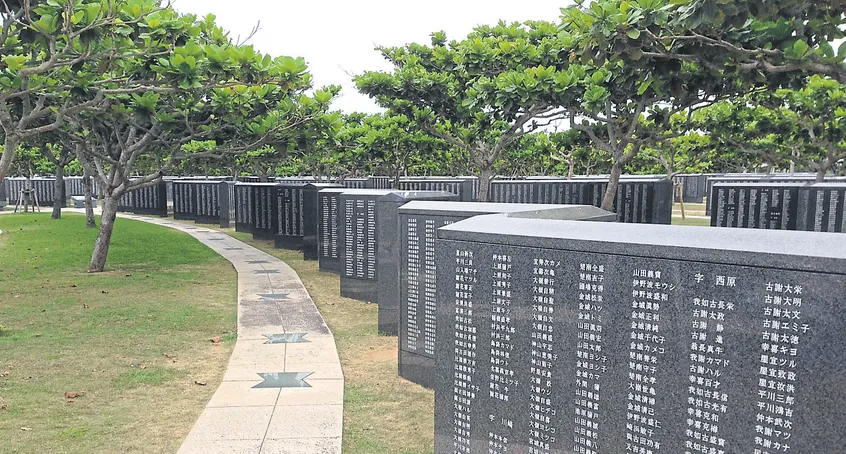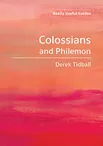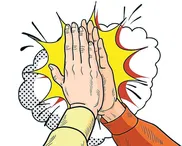In July I found myself in the city of Hiroshima in Japan.
This August sees the 70th anniversary of the dropping of the atomic bomb on this city from the US bomber named Enola Gay. There is now a Peace Park at the site under where the weapon was detonated 600m above the city. The museum has a scale model where the bomb is represented as a small ‘sun’ – which in some respects it was – exploding in the air at 8.15am on the morning of 6 August 1945. There will no doubt be ceremonies to mark the anniversary of this ghastly event, which in many ways sadly marks the advent of ‘the nuclear age.’
A changed world
Although there were 24 kg of uranium in the Hiroshima bomb, it was only about one kg which underwent fission. The incredible heat, radiation and blast crushed nearly all buildings within two kilometres of the hypocentre. Half an hour afterwards black rain carrying radioactive material poured down. The human cost was indescribable. The bomb killed 140,000 people. In the central square mile of the city nine out of every ten people died. What is also horrific is the fact that nine out of ten of those nine out of ten were children, mothers and old people. At the outbreak of WWII such an attack on civilians would have been unthinkable. Civilised countries did not do that sort of thing. The Allies had gone to war to defend these very values against the barbarous philosophy of Nazism. But the world and civilised society had changed drastically between 1939 and 1945.









